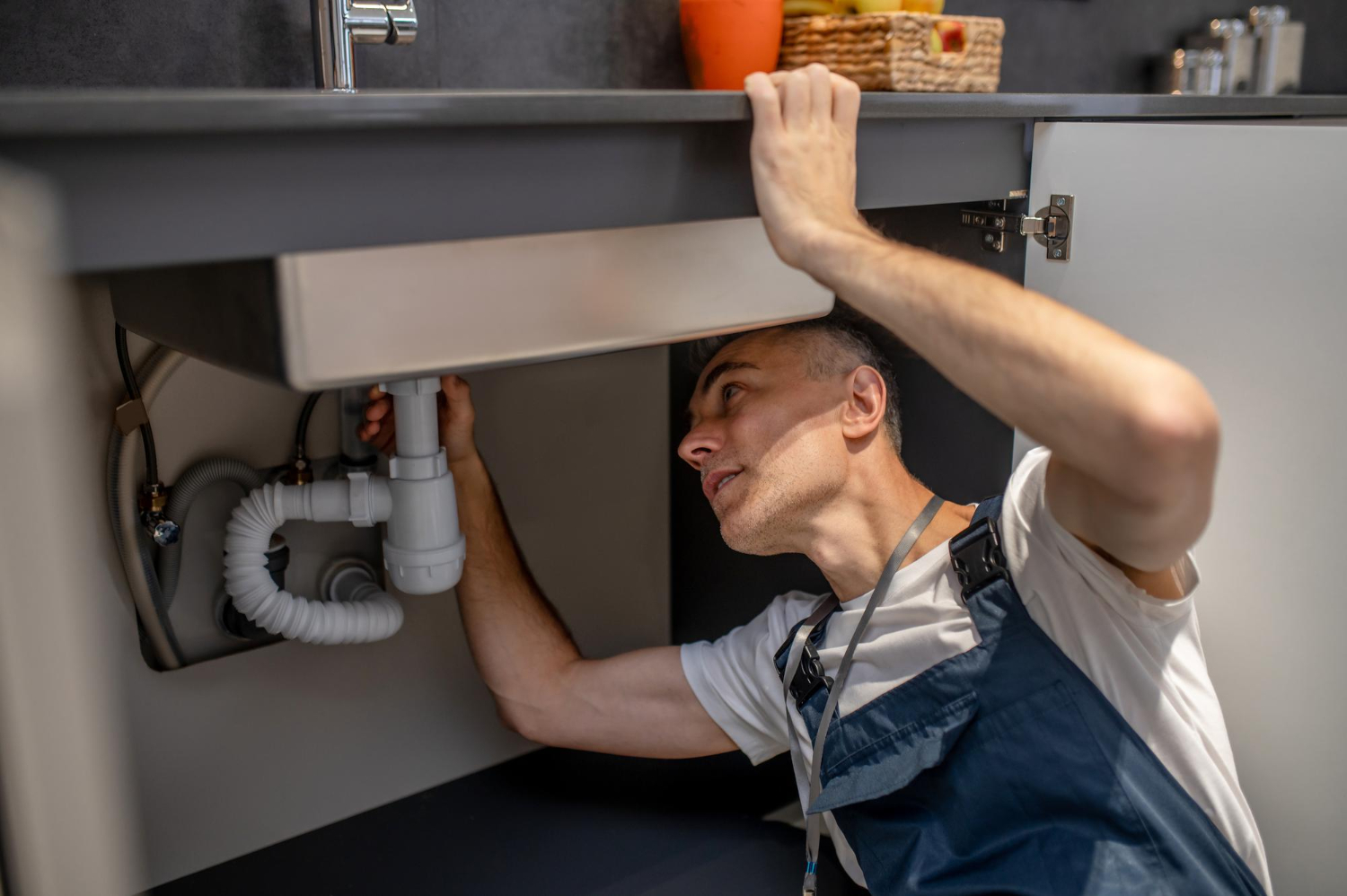 Understanding the root causes of plumbing issues is crucial for finding practical solutions that can prevent disruptions and stress. Proactive steps like identifying wear in pipes and handling low water pressure save time and money. Homeowners can resolve minor issues with the proper tools.
Understanding the root causes of plumbing issues is crucial for finding practical solutions that can prevent disruptions and stress. Proactive steps like identifying wear in pipes and handling low water pressure save time and money. Homeowners can resolve minor issues with the proper tools.
Homeowners often face plumbing issues, such as dripping faucets or clogged drains, which can disrupt daily life. However, with proper knowledge and tools, many problems can be resolved. However, there are instances when the expertise of a plumber becomes indispensable, particularly for complex or recurring issues that are beyond a DIY fix.
Low Water Pressure Problems
Mineral deposits, municipal water supply issues, or home plumbing system leaks can cause low water pressure. Regular maintenance can alleviate minor pressure issues. A thorough inspection is recommended for persistent low pressure, including checking for leaks and considering plumbing system improvements. Consulting a professional can diagnose deeper issues and restore optimal water flow.
Slow or Clogged Draining Sinks
Neglecting a slow or clogged sink can disrupt your daily routine, potentially leading to more severe plumbing issues. Often caused by debris buildup, such as hair, grease, or food particles, these clogs can be addressed with simple remedies like drain cleaners or a plunger. However, stubborn blockages might require professional attention to avoid damaging your pipes. Contacting an emergency plumber ensures that the issue is resolved efficiently and prevents further complications. Acting quickly and seeking expert assistance keeps your plumbing system running smoothly and minimizes inconvenience.
Running Toilets and Simple Fixes
Due to worn or misaligned flapper valves, running toilets can consume numerous gallons of water daily. Replacing a flapper is simple and requires minimal tools. Turn off the water supply, drain the tank, install the flapper, and monitor for further issues. Addressing running toilets prevents water wastage and unexpected water bill spikes.
Dripping Faucets and What to Do
A dripping faucet might seem a small annoyance, but it can lead to substantial water bills and significant water wastage. The EPA on water-saving practices states that household leaks can account for nearly 10% of home water usage. Typically, the cause of a dripping faucet lies in internal components such as a worn-out washer, a corroded valve seat, or an improperly seated washer. Identifying the part needing replacement can often resolve these issues with ease.
Dripping faucet repairs require basic tools like wrenches and screwdrivers, which save water and reduce utility bills. Addressing small leaks efficiently conserves over 3,000 gallons annually.
Silent Leaks: The Hidden Danger
Silent leaks, hidden within walls or floors, can cause long-term water damage if left unchecked. Detection is challenging due to their lack of visible signs. Regular inspection and monitoring are crucial for managing these leaks. Professional plumbers can help identify and repair these hidden issues, preventing costly repairs and property damage.
Preparations for Plumbing Emergencies
Unexpected plumbing emergencies can be disruptive and costly. To handle them effectively, stock essential tools and be familiar with your home’s plumbing system. Quick response times can minimize water damage, save money, and ensure safety. Professional help may be necessary for comprehensive solutions.
